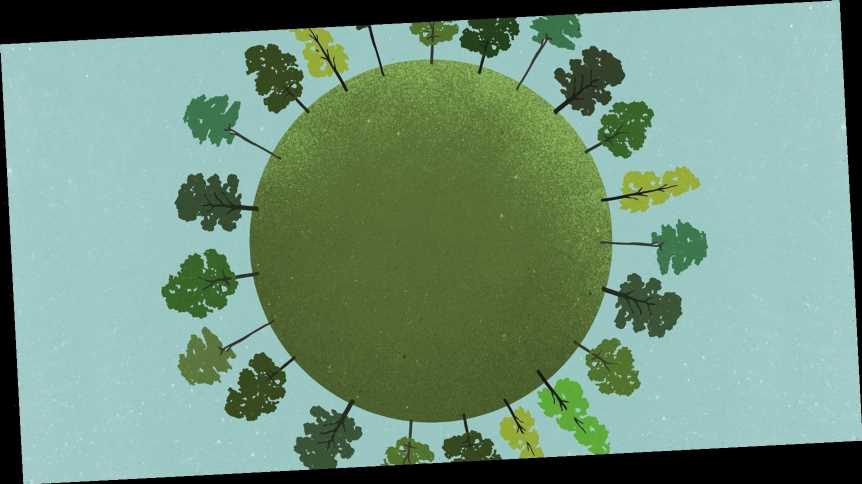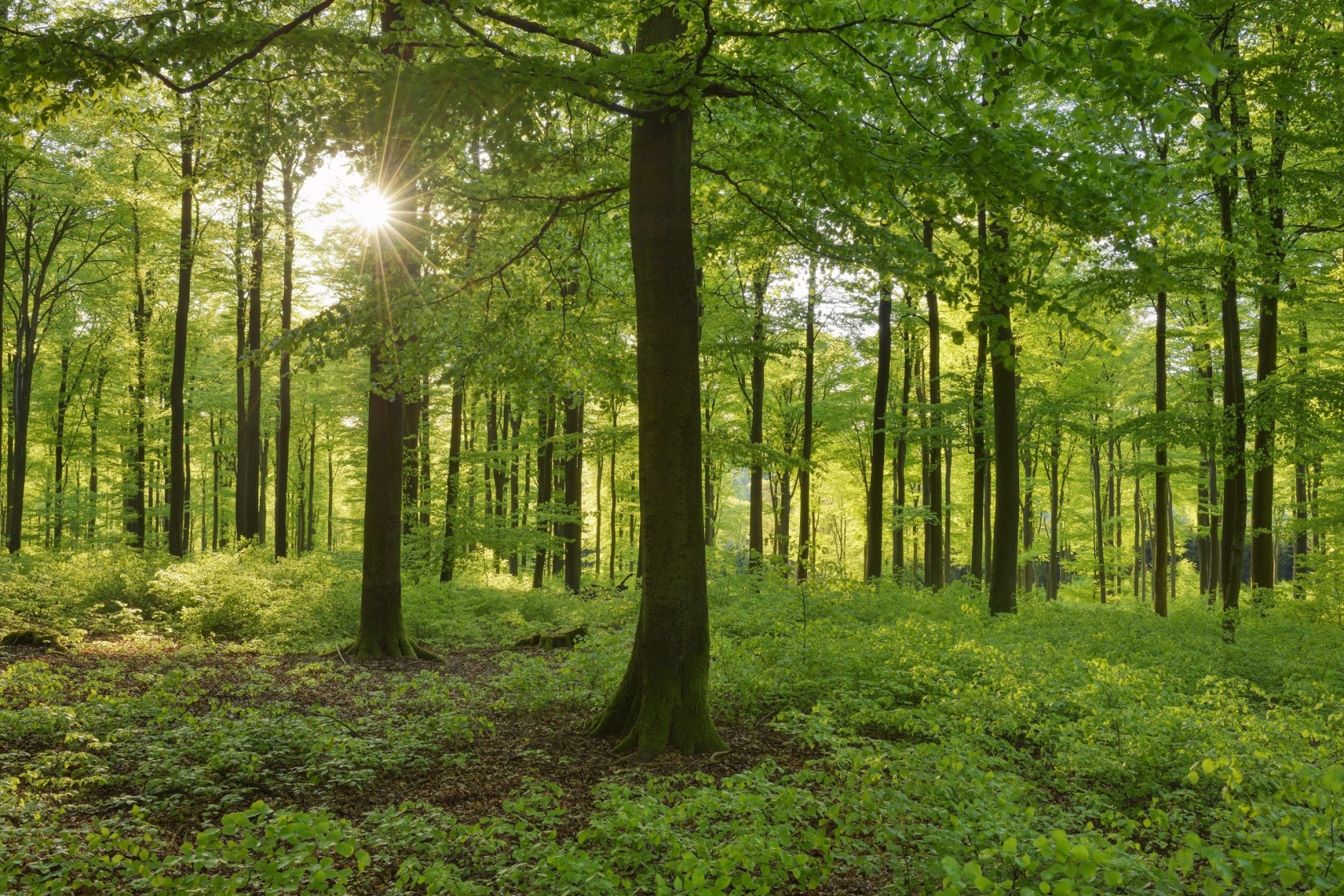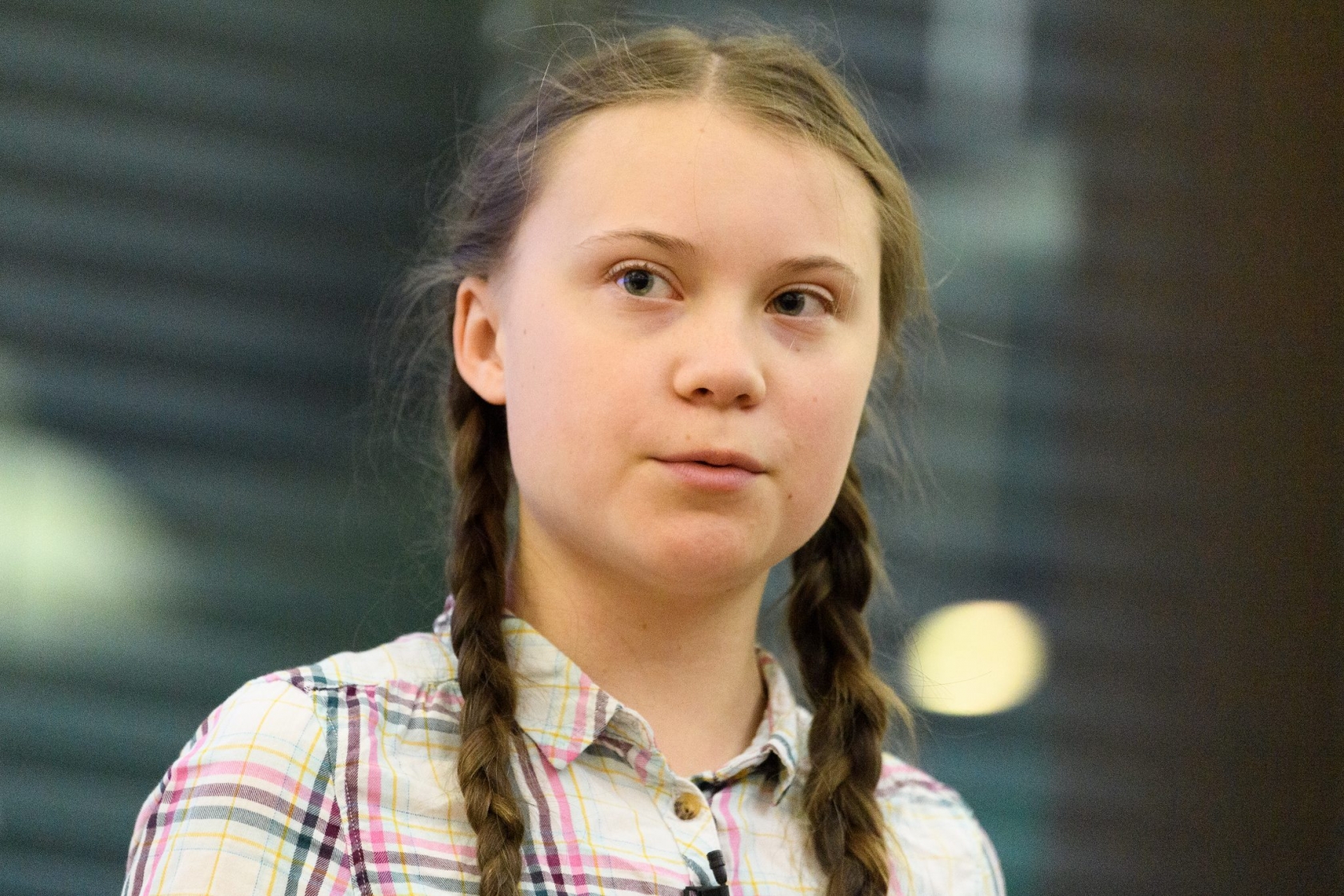A recent report has described reforestation – a vital part of rewilding – as having “mind-blowing potential” to fight climate change. But what is it, and is it really the answer we’re looking for?
By now, we’re all aware of the massive threat the climate crisis presents to the future of our planet. There’s no point in beating around the bush: as the science has repeatedly shown, we have less than 12 years to keep temperate change to an acceptable level.
But even though many of the world’s leaders continue to debate, deny or simply ignore the science, there is still hope. With each new suggestion and idea on how to fight the climate crisis comes a greater level of belief that something can be done. And recently, that conversation has revolved around the idea of “rewilding”.
With all the conversation, debate and ideas surrounding the climate change conversation, it can be hard to get a grasp on exactly what’s going on – and how we can help. Read on to find out more about what the process of rewilding (a part of which is reforestation) could do for our environment, and how you can get involved.
What is rewilding?
Defined as the restoration of an area of land “to its natural uncultivated state”, rewilding can refer to both the process of letting nature manage itself, and the reintroduction of species into areas where they have been depleted or eradicated.
Rewilding has been considered a controversial approach in the past because many believers of the approach call for a massive reduction in animal agriculture, as much of the land used for grazing could alternatively be converted into new woodland.
How can rewilding help us to fight climate change?
While rewilding has long been a process known to conservationists, scientists were previously unaware of its potential power in the fight against the climate crisis. But according to new research, rewilding – and in particular, the process of reforestation – could have “mind-blowing potential” to combat climate change.
The research, from The Crowther Lab of ETH Zurich, concluded that there are around 0.9 billion hectares of land worldwide which would be suitable for reforestation – and that these areas could potentially capture two thirds of man-made carbon emissions.
Last month, Greta Thunberg expressed her belief in the process of rewilding in a video for The Guardian. “Right now, we are ignoring natural climate solutions,” she said. “We spend 1,000 times more on global fossil fuel subsidies than on nature-based solutions. This is your money, it is your taxes, and your savings”.
“We are living in the beginning of a mass extinction and our climate is breaking down,” she continues. “But we can still fix this – you can still fix this.”
However, while it is clear that rewilding has huge potential to make a difference, it’s important to remember that the act of planting trees on its own will not stop the climate crisis, as the chief executive at the Woodland Trust, Darren Moorcroft, argues.
“Established in 1972, we’re long standing advocates of the need for trees and this message is resonating with the public now more than ever before,” he said. “But we’re mindful too that the message of trees as a solution should not be confused as the sole answer to our climate crisis. As individuals we all need to do more, much more, to reduce our impact on the planet by cutting emissions and reducing pressure on resources.”
How can you get involved in rewilding?
As long as we continue to try and reduce our emissions and live a more sustainable lifestyle, tree planting is a great way to get involved in the fight against climate change.
On 30 November, The Woodland Trust is launching the UK’s largest tree planting campaign, The Big Climate Fightback, in a bid to get more than a million-people pledging to plant a tree. With multiple events going on across the UK, and loads of different ways to get involved, it’s a great start for anyone wanting to get started.
Images: Getty
Source: Read Full Article


